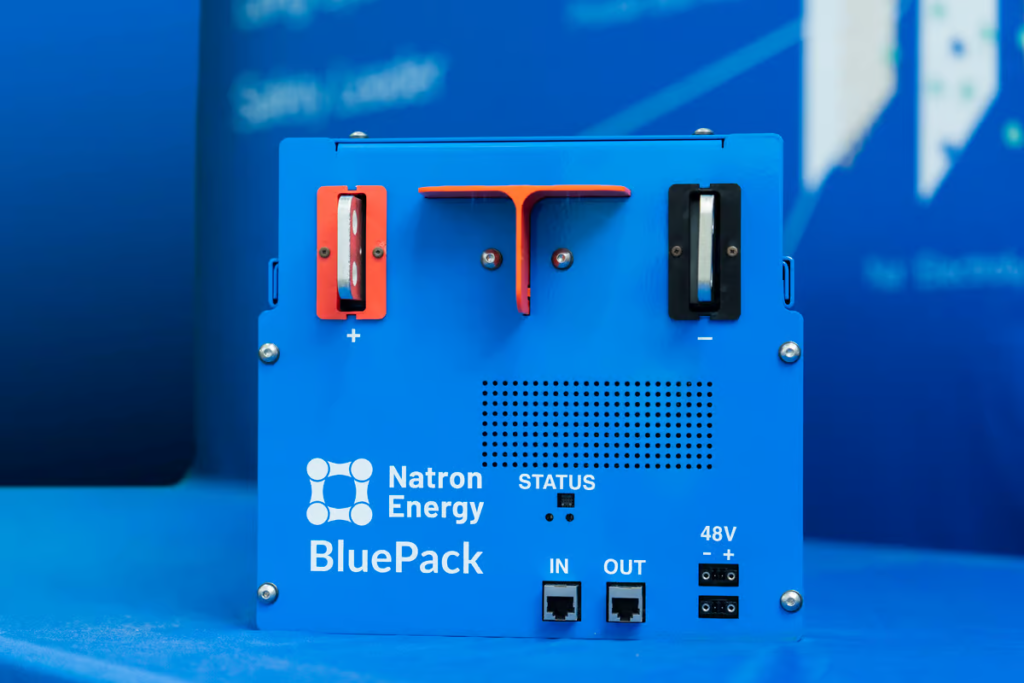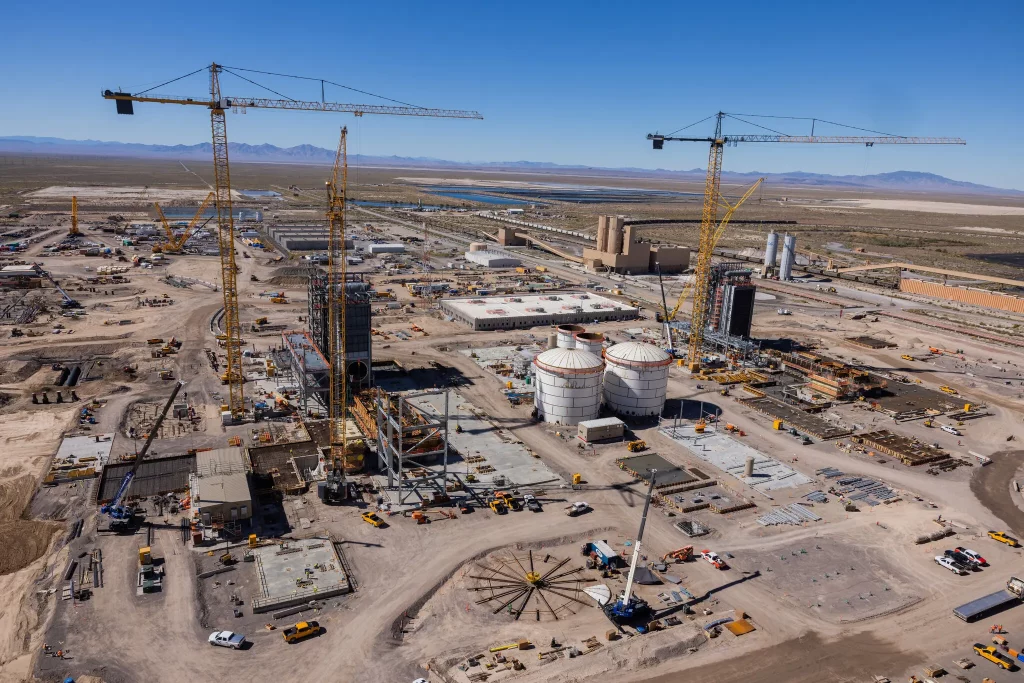
Climeworks, the company behind the world’s first large-scale carbon removal plant, has just unveiled an even bigger version called Mammoth. This beast of a plant is ten times larger than its predecessor, making it the largest of its kind in the world.
So, how does it work? Picture this: inside shipping-container-size boxes, fans suck outside air through filters that capture CO2. But here’s the cool part—it all runs on renewable energy from a nearby geothermal plant. Once the CO2 is captured, another company called Carbfix dissolves it in water and pumps it deep underground, where it reacts with basalt rocks and turns into stone for good.
Mammoth isn’t messing around—it’s already got 12 modular containers up and running, with plans to install 72 by the end of the year. Together, they’ll be able to capture a whopping 36,000 tons of CO2 per year. And get this: they’re funding this work by selling carbon removal as a service to big companies like Microsoft and Stripe.
But let’s keep it real—it’s still just a drop in the bucket compared to the 40 billion tons of CO2 humans pump into the air each year. But Climeworks isn’t stopping there. They’re racing to scale up, using what they learn from each installation to make the next one even better. CEO Christoph Gebald calls it “deployment-led innovation.”
And they’re not just stopping in Iceland. They’ve got three projects in the U.S. lined up, each designed to capture at least one million tons of CO2 a year. Plus, they’re cooking up new projects in Canada, Norway, and Kenya.
But here’s the catch: the tech is pricey. However, with renewable energy costs dropping and as Climeworks builds more plants, costs are expected to fall.
CEO Christoph Gebald explained, “The one key enabler to lowering our cost curve is industrial scaleup.” He believes that over the next 10-20 years, we’ll need an entire carbon removal industry to develop, capable of removing gigatons of carbon by 2050.
But Climeworks isn’t the only player in town. Other companies are exploring different ways to suck CO2 from the air. Heirloom, for example, uses powdered rock dust, while some researchers are working on passive systems that capture CO2 without using much energy.
Why all this effort? Well, to tackle climate change, we need to cut emissions across the board. But carbon removal is also crucial to meet our climate goals. Gebald stressed, “The science is clear: to meet the targets outlined in the Paris Agreement, we need to remove several billion tons of CO2 by 2050.”
He added, “Scaling an industry to gigaton scale can’t happen overnight. That’s why we need to start now and keep up the momentum until 2050. Only then can we truly make a difference in removing carbon from the atmosphere when it matters most.”


